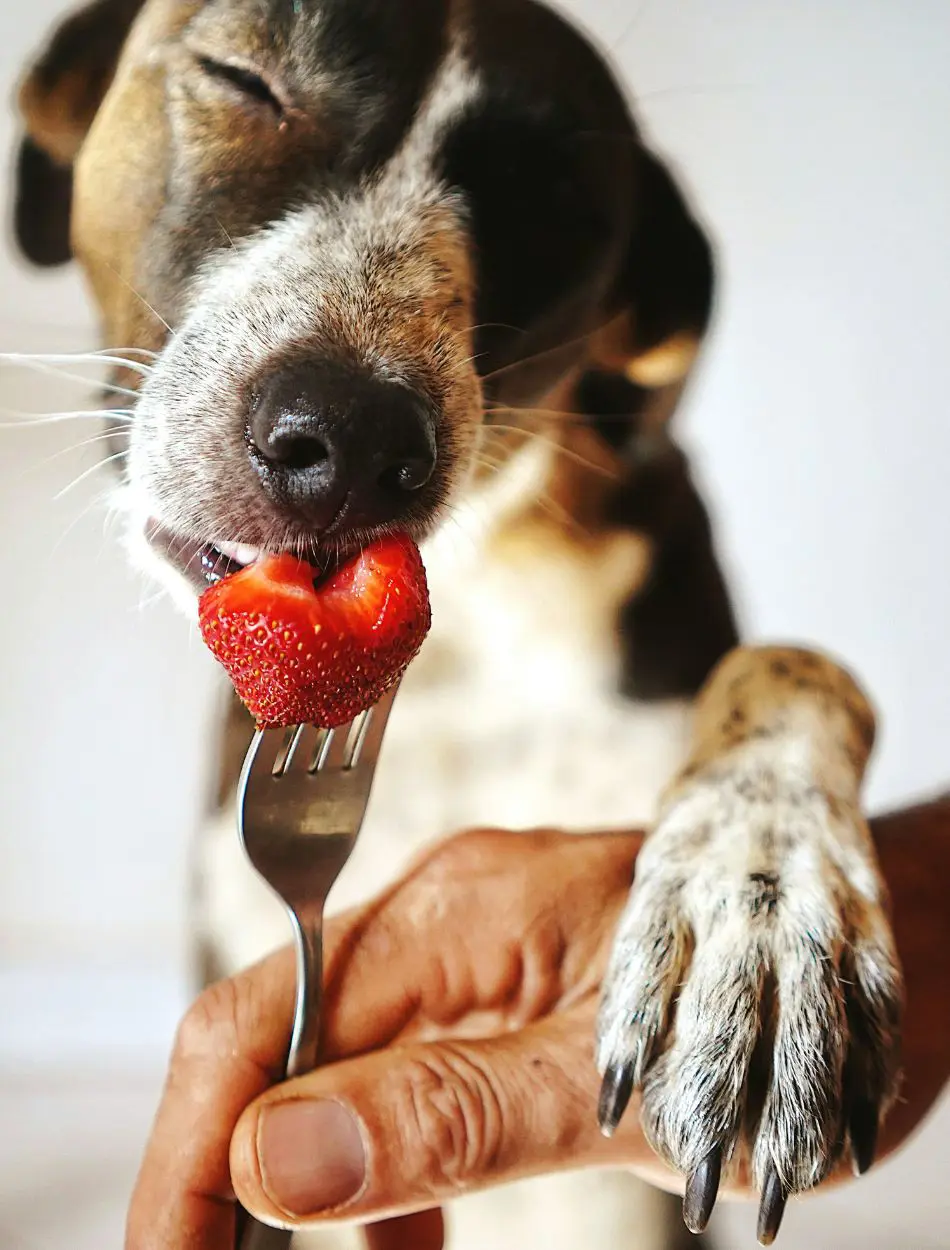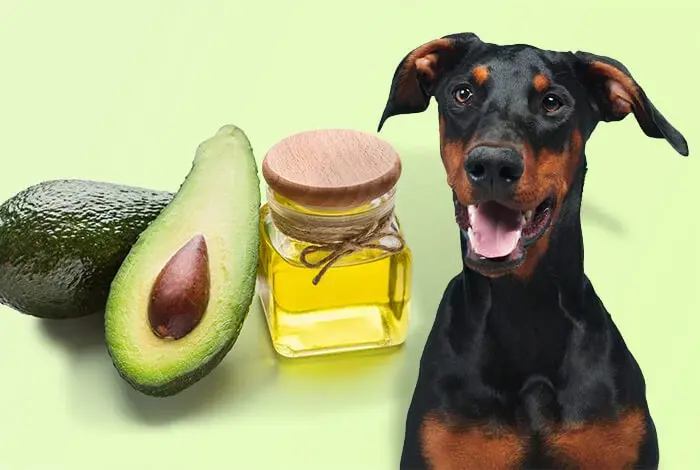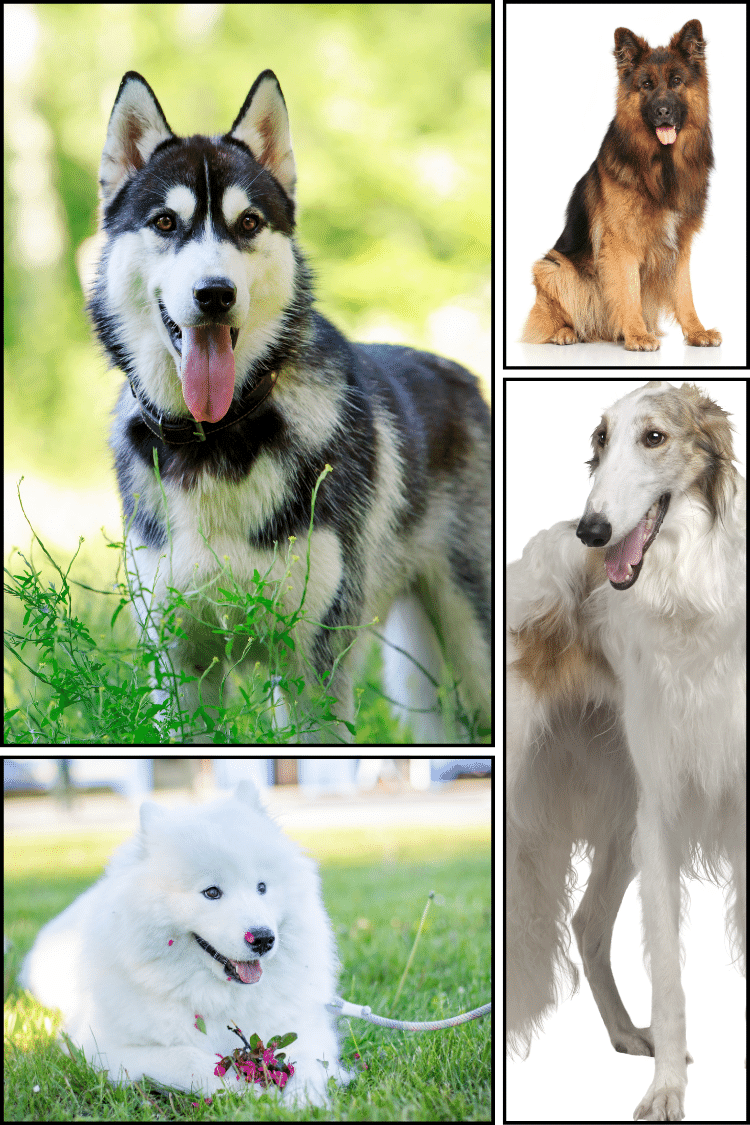Can Dogs Eat Oranges?

Feeding your dog a well-balanced diet is crucial for their health and well-being. As a dog owner, you might wonder if you can share your favorite fruits with your furry friend. One such fruit is the orange, a popular and nutritious snack for humans.
This citrus fruit, known for its refreshing taste and high vitamin C content, can be a tempting treat for dogs. However, it’s essential to understand the potential benefits and risks associated with feeding oranges to dogs.
Benefits of Oranges for Dogs
Oranges are not just a delicious and refreshing snack for humans; they can also offer a variety of health benefits for our furry companions. Packed with essential nutrients, including vitamin C, fiber, and potassium, oranges can serve as a tasty treat that contributes to your dog’s overall wellness.
1. Rich Source of Vitamin C
Oranges are packed with vitamin C, an antioxidant that can help boost your dog’s immune system. While dogs can produce vitamin C on their own, additional intake can be beneficial, particularly for older dogs and those with certain health conditions. This vitamin helps combat oxidative stress and supports overall health.
2. Hydration
Oranges have a high water content (about $86%), making them an excellent hydrating snack for dogs. Keeping your dog hydrated is crucial, especially during hot weather or after exercise. Offering small pieces of orange can help maintain their hydration levels.
3. Low-Calorie Snacks
Oranges are relatively low in calories compared to many commercial dog treats. This makes them a healthy alternative for rewarding your dog without the risk of excessive weight gain. Providing oranges in moderation can satisfy your dog’s cravings for something sweet while keeping their diet balanced.
4. Digestive Health
Oranges contain dietary fiber, which is beneficial for a dog’s digestive system. Fiber can help regulate bowel movements and prevent constipation. Including small amounts of oranges can aid in maintaining digestive health, especially for dogs that may struggle with regularity.
5. Natural Sugars for Energy
Oranges contain natural sugars that provide a quick source of energy. This can be particularly useful for active dogs that need a boost during playtime or exercise. The sugars in oranges are healthier than processed treats, making them a better option for energy.
6. Antioxidant Properties
Oranges contain various antioxidants beyond vitamin C, including flavonoids. These compounds help combat free radicals in the body, potentially reducing the risk of chronic diseases and supporting overall cellular health. This is particularly beneficial for aging dogs.
7. Support for Skin and Coat
The nutrients found in oranges, such as vitamin C and various phytonutrients, can contribute to healthy skin and a shiny coat. A well-nourished dog is more likely to have good skin health, and antioxidants can help reduce inflammation that might affect the skin.
8. Flavor Variety
Introducing new foods like oranges can add variety to your dog's diet, which can be mentally stimulating. Dogs, like humans, can enjoy a range of flavors, and oranges provide a refreshing, citrusy taste that can be a nice change from their regular food or treats. This variety can help keep mealtimes exciting for your pet.
Potential Risks

Feeding oranges to dogs can pose several potential risks. Firstly, the high sugar content in oranges can be problematic for dogs, particularly those with diabetes or those prone to obesity. Excessive sugar intake may lead to weight gain and related health issues.
Secondly, the acidic nature of oranges can cause gastrointestinal upset in some dogs. This may result in symptoms such as vomiting or diarrhea, especially if a dog is not accustomed to citrus fruits.
Additionally, the seeds and peels of oranges can pose choking hazards and may contain substances that are harmful in larger quantities. Always ensure these parts are removed before offering the fruit.
How to Serve Oranges to Dogs?
Serving oranges to your dog can be a fun and nutritious way to enhance their diet, but it's important to know the best practices for preparation and portioning to ensure a safe and enjoyable experience.
1. Choose Fresh, Ripe Oranges
Select fresh, ripe oranges free from blemishes or mold. Fresh fruit is more flavorful and nutritious, making it a more appealing treat for your dog.
2. Wash Thoroughly
Before serving, wash the oranges thoroughly to remove any pesticides or residues. This is crucial for ensuring your dog's safety, as chemicals on the skin can be harmful if ingested.
3. Peel the Orange
Always peel the orange before offering it to your dog. The peel contains essential oils that can be irritating to their digestive system and may pose a choking hazard.
4. Remove Seeds
Check the oranges for seeds and remove them. Seeds can be a choking hazard and may contain small amounts of cyanide, which is toxic to dogs. Ensuring there are no seeds makes the treat safer.
5. Cut into Small Pieces
Slice the orange into small, manageable pieces. This makes it easier for your dog to chew and swallow, reducing the risk of choking. Small pieces also allow for better digestion.
6. Introduce Gradually
Start by offering just a small piece of orange to see how your dog reacts. Monitor them for any signs of gastrointestinal upset, such as vomiting or diarrhea. If they tolerate it well, you can gradually increase the amount.
7. Serve as an Occasional Treat
Use oranges as an occasional treat rather than a regular part of their diet. Too much citrus can lead to stomach issues, so it’s best to keep orange servings limited. A few small pieces a week is generally a safe amount.
8. Avoid Processed Citrus Products
Never give your dog orange juice, flavored drinks, or other processed citrus products, as these often contain added sugars and preservatives that can be harmful to dogs.
Safe Practices While Feeding Oranges

When feeding oranges to dogs, portion control and safety practices are essential to ensure their health and well-being. Start by offering only a small piece or two of orange as an occasional treat, typically no more than one segment at a time.
This helps prevent excessive sugar intake and reduces the risk of digestive upset, especially in smaller dogs. Always remove the peel and seeds before serving, as the peel can irritate their digestive system and seeds can pose choking hazards.
Introduce oranges gradually to monitor your dog’s reaction, watching for any signs of gastrointestinal distress or allergies.
How Many Oranges Can Dogs Eat?
Dogs can safely eat oranges in moderation. A good guideline is to offer only one or two small segments of orange at a time, a few times a week. For small dogs, even less is advisable, while larger dogs can handle slightly more, but it’s essential to avoid overfeeding.
Small Breeds (e.g., Chihuahuas, Pugs)
- Serving Size: 1 small segment or 1-2 teaspoons of orange flesh.
- Frequency: Once or twice a week.
Medium Breeds (e.g., Beagles, Cocker Spaniels)
- Serving Size: 1-2 segments.
- Frequency: 2-3 times a week.
Large Breeds (e.g., Labradors, German Shepherds)
- Serving Size: 2-3 segments.
- Frequency: 3-4 times a week.
Giant Breeds (e.g., Great Danes, St. Bernards)
- Serving Size: 3-4 segments.
- Frequency: 2-3 times a week.
Alterantive Citrus Fruits for Dogs

When treating your furry friend, there are several alternative citrus fruits besides oranges that can add variety and flavor to their diet while providing beneficial nutrients.
1. Mandarin
These are smaller and sweeter than oranges, making them easier for dogs to eat. They are also low in calories and provide vitamin C.
2. Clementine
Similar to mandarins, clementines are easy to peel and have a sweet flavor. They can be a great treat in moderation.
3. Lemons
While lemons are quite sour, a small amount of lemon zest or juice can be beneficial. Use sparingly, as the acidity can upset some dogs’ stomachs.
4. Limes
Like lemons, limes should be offered in very small amounts due to their acidity. They can be used to flavor dog food or treats.
5. Grapefruit
Grapefruit is safe in small quantities, but it’s best to avoid it if your dog has a sensitive stomach, as it can be quite acidic.
Recent posts

Avocado Oil for Dogs: Benefits, Risks, and How to Use It Safely

Understanding Intestinal Worms in Dogs

Exploring 15 Unique Russian Dog Breeds: From Samoyeds to Siberian Huskies

Why Do Dogs Pee In The House And Effective Ways To Stop It

Understanding Dog Boarding

The Lifespan of Dogs: What Every Pet Owner Should Know
Top Lists

